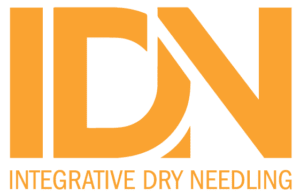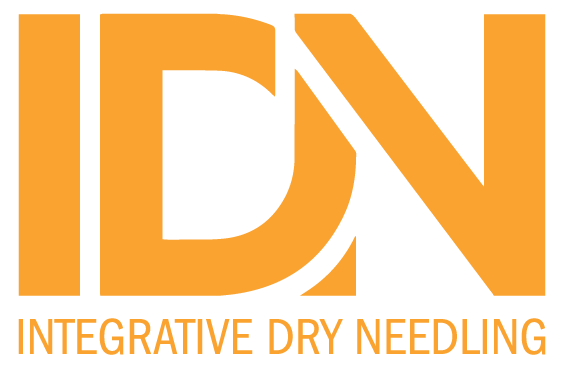FLASH SALE!
10% OFF
any IDN Course!
*Valid for new registrations only and can not be combined with other discount codes. Offer Expires: 7/7/2024
Knowledge is power, and understanding the intricate workings of our body can equip us with the ability to handle unexpected circumstances better. In this light, let’s delve into one of the fascinating components of our nervous system – the musculocutaneous nerve. We’ll explore its anatomy, its functions, and the potential impacts of its injuries.
The musculocutaneous nerve begins near the bottom of the pectoralis minor and begins its journey down the arm. It travels through the coracobrachialis and then between the biceps and brachialis. At this point, it continues down the arm, eventually becoming the lateral antebrachial cutaneous nerve, which provides sensation to the skin of the lateral aspect of the forearm.
It’s worth noting that the musculocutaneous nerve innervates three critical muscles of the arm: the coraco-brachialis, the biceps brachii, and the brachialis. To get a more comprehensive understanding of this nerve, let’s look at the actions of these muscles.
The coraco-brachialis contributes to the flexion and adduction of the shoulder. This muscle is primarily responsible for moving the shoulder forward and towards the midline of the body.
The biceps brachii is a key player in the flexion of the elbow and supination of the forearm. Supination refers to the motion that allows the palm of the hand to face upwards or forwards.
Lastly, the brachialis muscle is integral to the flexion of the forearm. It is one of the primary muscles that allow the elbow to bend.
Albeit rare, injuries to the musculocutaneous nerve can have significant effects. They typically occur in the axillary region due to direct trauma, such as a knife wound. In such scenarios, the patient would lose function of their entire anterior compartment, including the brachialis, biceps, and coracobrachialis. This means the patient would develop weak shoulder and elbow flexion, as well as weakness in elbow supination.
However, these motions will not be entirely lost because of other muscles like the deltoid, brachioradialis, and supinator. These muscles can assist these motions and are not innervated by the musculocutaneous nerve. Therefore, while the damage is significant, it does not result in complete loss of function.
As we better understand the workings of our nerves, we become more equipped to manage potential injuries and ailments. We encourage you to continue learning and expanding your knowledge about the intricate and fascinating human nervous system. For more nerve education, you can follow us at @integrativedryneedling.
Sources:
clinically oriented anatomy by Keith L. Moore et al. (8th edition)
or visit Orthobullets
any IDN Course!
*Valid for new registrations only and can not be combined with other discount codes. Offer Expires: 7/7/2024

Not sure which course is right for you? No problem – we created an intuitive process to help!
